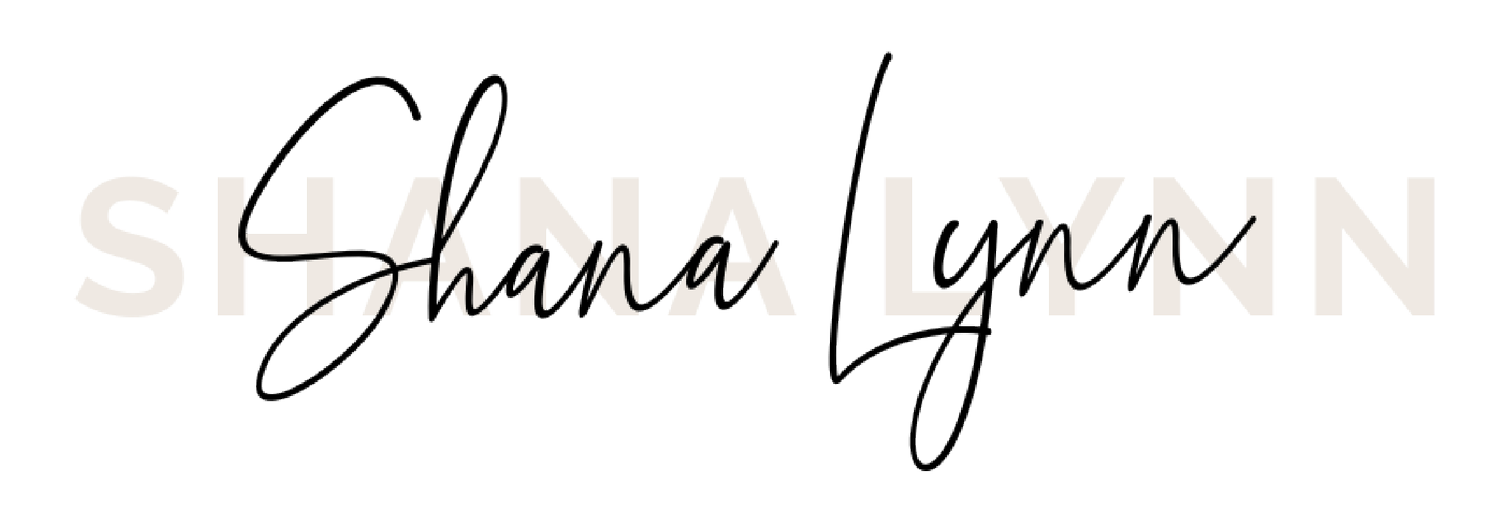Ep 182: Modeling a Core Framework & Why You Need One
Powered by RedCircle
Modeling a Core Framework & Why You Need
If you've ever found yourself trying to explain what your business does, and struggling to make it resonate, you probably need a stronger framework.
Frameworks help you communicate what you do, how you do it, and the transformation you make possible. They bring clarity to your messaging and consistency to your delivery. Whether you're speaking on a stage, selling in a webinar, or onboarding members into your program, a solid framework is what turns information into insight.
I recently sat down with Mel Abraham, one of the best minds in business strategy, to unpack why frameworks matter and how to build one that supports your brand, your sales, and your customer experience.
What a Framework Actually Is
First, let’s clear something up. A framework isn’t a Google Doc template. It’s not a checklist or a swipe file. Those are tools. A framework is your lens—it’s how you help people see the world differently, make sense of their problems, and understand how to move forward.
Mel calls this a mental model. I call it a retention strategy in disguise. Either way, your framework becomes the backbone of how you teach, coach, and lead.
Why Frameworks Work
Here’s what a good framework does:
Breaks complex ideas into clear components
Reinforces your core message
Creates a repeatable way to teach or sell
Helps people see themselves in the journey
When people understand where they are, what they’re moving toward, and how your business helps them get there, trust grows and conversion follows.
Mel’s Affluent Entrepreneur Framework
Mel’s framework is built around helping entrepreneurs create three outcomes:
A richer lifestyle – Not just money, but a joyful, fulfilling life
A deeper impact – On clients, family, and themselves
Complete freedom – Financial, time, and mental freedom
To achieve those outcomes, Mel teaches that you need three systems:
Generate: Create income and scale revenue
Accumulate: Turn income into assets and multiply it
Insulate: Protect your money and mission long term
What makes this framework powerful isn’t just its clarity—it’s how well it aligns with the desires of Mel’s audience. He’s not just selling systems. He’s articulating an identity his audience wants to step into: affluent entrepreneur.
How to Use Frameworks in Your Membership or Offer
You can use your framework in many places:
During webinar pitches
In program onboarding
In keynote talks or podcasts
In your sales page messaging
To train your team or license content
Wherever you're trying to move someone from uncertain to committed, a framework can help.
A Few Things to Keep in Mind
Don’t overcomplicate it. Three to five pillars are plenty.
Name it. Give your framework a title your audience can repeat and remember.
Tie it to outcomes. Don’t just list steps—highlight what the framework helps them achieve.
Speak to what they want—even if they can’t articulate it yet.
Like Mel said, the goal is to say out loud what your audience is thinking but can’t quite express. When you do that, your framework does the heavy lifting for you.
Want to See Frameworks in Action?
If you need help mapping your member journey and building out retention systems that align with your core framework, download my free Membership Retention Roadmap at RetainGuide.com. You’ll get five proven systems that help you increase retention, guide members to progress, and communicate your value clearly from day one.
Stay Connected with Shana Lynn
Watch on YouTube | Listen on Apple, or Spotify,
To learn more about how I can help you, tap here.
